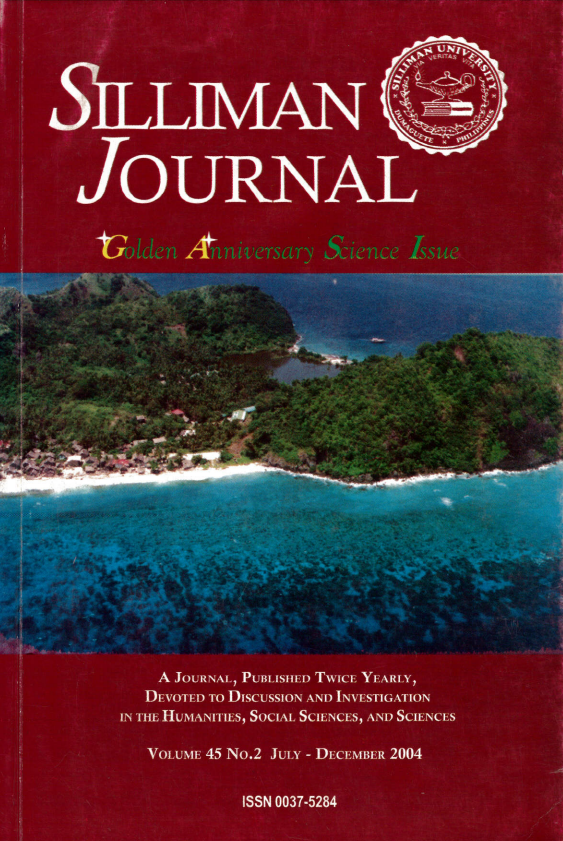Saving a Physically-Challenged Ecosystem: Who takes charge of the Mt. Malinis-Twin Lakes Forest Reserve?
Abstract
This paper gives an overview of the wildlife conservation 1 concerns of Lake Balinsasayao Protected Area, which form the basis for the objections by environmentalists to the efforts of influential politicians to reduce the Protected Area. Several major reasons have been advanced for the retention of the existing PA size. First, the area is a major watershed supplying water to municipalities of Southern Negros; reduction will mean conversion to other land uses that might impinge on its water-storing capacity. Second, the area is home to about 16 threatened species of mammals, amphibians, reptiles, and birds; and reduction of the area would also mean reduction of their roosting and feeding range. Third, the encroachment by other land users of the reduced buffer and protection zone will hasten the loss of biodiversity and resiliency after major perturbations like tornado or severe storms.


